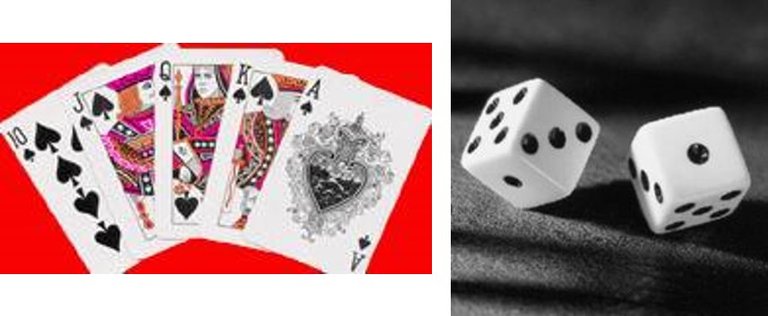
Good morning my friends, this time I want to share the definition of probability space that I teach in probability courses in my university!!
Probability Space
A process that has random outcomes is called a random experiment. The set of all possible outcomes of a random experiment is called the sample space and is denoted Ω. A combination of outcomes, a subset of Ω, is called an event. The set of events is denoted A. It is assumed that the set A is a σ-algebra which means that the following properties hold for A:
Ω ∈ A
(b) Ac ∈ A if A ∈ A, where Ac is the complement of set A
(c) ∪Ai ∈ A if A1,A2, · · · ∈ A.
Suppose that the random experiment is repeated N times and NA is the number of times that event A occurs. Let fA = NA/N be the relative frequency of event A. The probability of an event A ∈ A is denoted as P(A). One can regard the probability P(A) as the value that fA approaches as the experiment is repeated an increasing number of times. The probability P is a set function that maps A into [0, 1] and P is called a probability measure if the following conditions hold:
(d) P(Ω) = 1
(e) P(Ac) = 1 − P(A)
The triplet (Ω,A,P) consisting of the sample space Ω, the σ-algebra A of subsets of Ω, and a probability measure P defined on A is called a probability space.
The following example illustrates the concept of a probability space.

Example: Flipping a coin twice; generating a σ-algebra set
Consider the random experiment of flipping a coin twice. The possible outcomes are ω1 = HH, ω2 = HT, ω3 = TH, ω4 = TT. Thus, the sample space is Ω = {ω1,ω2,ω3,ω4}. There are, however, many possible sets A that satisfy the properties of a σ-algebra. The smallest is A = {φ,Ω}. If it is desired that {ω1}, {ω2} ∈ A, then the smallest σ-algebra containing {ω1} and {ω2} is A = {φ, {ω1}, {ω2}, {ω1,ω2}, {ω3,ω4}, {ω1,ω3,ω4}, {ω2,ω3,ω4},Ω}.
This set is said to be generated by the outcomes ω1 and ω2. The largest σ-algebra is
A = {φ, {ω1}, {ω2}, {ω3}, {ω4}, {ω1,ω2}, {ω1,ω3}, {ω1,ω4}, {ω2,ω3}, {ω2,ω4}, {ω3,ω4}, {ω1,ω2,ω3}, {ω1,ω2,ω4}, {ω1,ω3,ω4}, {ω2,ω3,ω4},Ω}.
For this example, let P({ω1}) = P({ω2}) = P({ω3}) = P({ω4}) = 1/4 define the probability measure. Then using properties (d)-(f), the probability of any event can be calculated. For example, the probability of the event {ω1 or ω3 or ω4} is P({ω1,ω3,ω4}) = 1 − P({ω2}) = 3/4 . The triplet (Ω,A,P) is the probability space for this example.
As you may have noticed I am a mathematical lover, enjoy, resteem and follow me @falcao12
Upvoted and followed. Looking forward to your new post :)